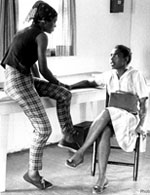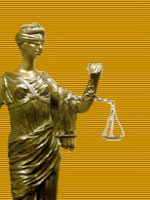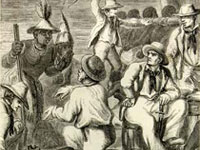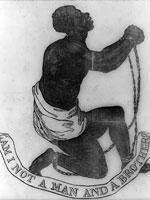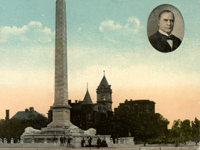When the Constitutional Convention sent the proposed Constitution to the states for ratification, Anti-Federalists voiced strong objections to it, especially criticizing the strength it invested in the national government and its lack of explicit protections for the rights of individuals. Politicians in several states were able to secure their states' ratification of the Constitution only with the promise that it would be almost immediately amended.
In 1789, James Madison, then an elected member from Virginia of the First Congress's House of Representatives, proposed 19 amendments meant to answer the objections already raised in the states. The Senate consolidated and trimmed these down to 12, which were approved by Congress and sent out to the states by President Washington in October, 1789.
The states ratified the last 10 of the 12 amendments. They became the first 10 amendments to the Constitution, and are now referred to as the Bill of Rights. Not enough states (10 were needed at the time) ratified the first two of Madison's original 12, however, and they did not become law.
The first of these would have established how members of the House of Representatives would be apportioned to the states. It was drafted to ensure that members of the House would continue to represent small constituencies even as the general population grew, small enough that Representatives would not be too far removed from the concerns of citizens. In addition, keeping the House of Representatives from being too small was thought to protect against its becoming a kind of oligarchy. Congress did send this amendment to the states, but the number of states that ratified it was just short of the number needed. Although the proposed amendment did not become law, Congressional apportionment is nevertheless grounded in the Constitution (Article 1, Section 2, Paragraph 3) and the total number of members of the House of Representatives is set by federal statute (currently at 435).
The second of Madison's 12 amendments forbade Congress from giving itself a pay raise: Congress could vote for a raise but it would only apply from the beginning of the next Congress. This amendment also failed to gather the required number of state ratifications in the years after it was introduced. In 1982, however, Gregory Watson, a university student doing research for a government class, ran across a description of this amendment and realized that it remained "alive" because it had included no language in it about a window of time in which it had to gain the needed number of state ratifications. Watson organized a successful effort to lobby various state legislatures, seeking their ratification of the amendment. As a result, the needed number was eventually reached and this amendment, first proposed in 1789, became the 27th (and most recent) amendment to the U.S. Constitution in 1992.
